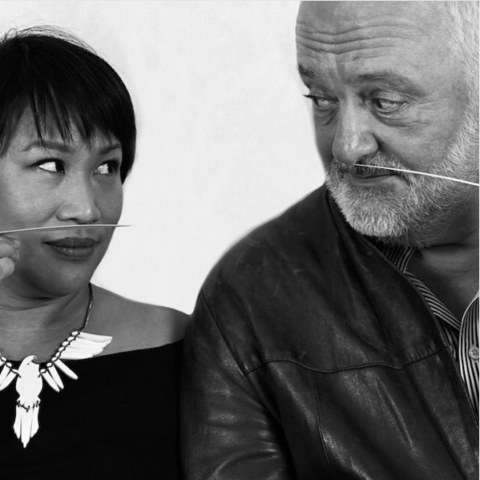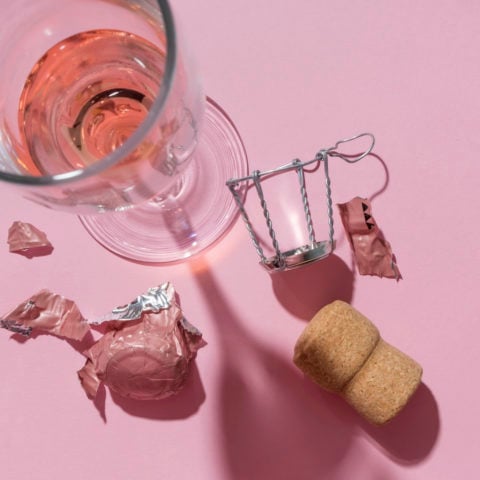Luca Turin and Tania Sanchez On What’s Changed in Fragrance In The Last Ten Years
Niche companies have been bought up by a lot of big brands, artisanal perfumery has exploded, and natural has come a long way.
Luca Turin and Tania Sanchez’s Perfumes: A–Z appeared in 2008 in what was then a fragrance criticism wasteland, where it quickly elevated the analysis and rating of scent to a high art on par with any five-star perfume. Funny, unforgiving and totally memorable, the book became the definitive fragrance lover’s bible. Ten years later the authors’ have released an updated version, Perfumes: The Guide, which, now with 1,200 reviews including many new niche perfumes, still delights with its zingy one-liners and encyclopedic coverage. But don’t take it from us, read it and weep (with joy). Case in point: the authors’ description of a certain luxury brand perfume as the “fragrance equivalent of a Motel 6.”
Fashion recently had the chance ask Turin and Sanchez about the current state of the industry:
What’s changed since Perfumes: A–Z?
LT: The past ten years have seen the rise of two completely different kinds of perfumery: niche, now largely subsumed by acquisition into big brands and chiefly designed to maximize profits; and artisan perfumery, done by both trained and untrained perfumers. The range of fragrance types has widened as a result, which is a very good thing. The downside is swill sold at outrageous prices.
TS: I hadn’t expected artisanal perfumery to get so big so fast. I was surprised at how tenacious the oud trend turned out to be. “Natural” perfumes have come such a long way that many can now be recommended not just as “good for a natural perfume” but good, full-stop. So many of the copycat fancy sub-lines put out by big brands were risible disappointments, so I was cheered to smell the Lancôme premium line and even to be able to give one a five-star review. On the other hand, I always have high expectations of [NAME OF MAJOR BRAND KNOWN FOR ICONIC SCENTS], and I was looking forward to [BIG LAUNCH FROM 2017]. It was vile.
What perfumes inspire you now?
TS : I loved the dreamy, idiosyncratic scents from Satori. The highly original art direction of Zoologist Perfumes has been delightful to follow. In 2008, we didn’t even include the Lush perfumes, and now they are one of our favourites. The new reissue of Iris Gris was done by a young duo right out of perfumery school whose version beat out some industry veterans in a blind test. That put me in a good mood for weeks.
Have you ever changed your mind about a perfume?
LT: Cacharel’s Eden and Paco Rabanne’s La Nuit, both masterpieces I had misunderstood.
TS: I regret not giving five stars to Guerlain’s Aqua Allegoria Pamplelune, Chanel No. 19, and Robert Piguet’s Baghari. All got four stars instead. I was too timid.
Who writes well about perfume?
LT: I pay attention to Claire Vukcevic’s perceptive analyses and the intensely detailed descriptions on Kafkaesque. The absolute best short, poetic descriptions come from @illicium.verum on Instagram.
TS: Even though some of the people I like the most are perfume bloggers, I don’t read much about perfume. While I subscribe to Perfumer & Flavorist, it’s mainly for the pleasure of deleting their emails unread.
If you could pick just one, what would be your true (perfume) love?
LT: Auphorie’s Miyako is the greatest thing I currently own.
TS: I don’t have to so I won’t.








